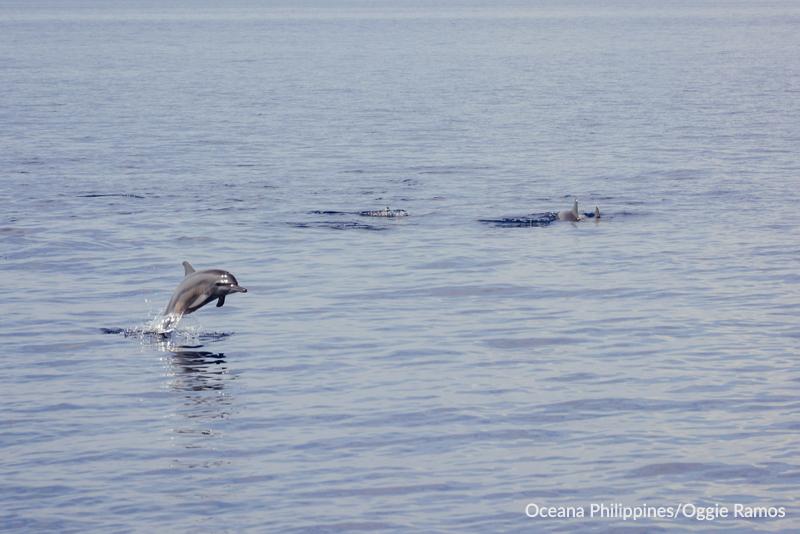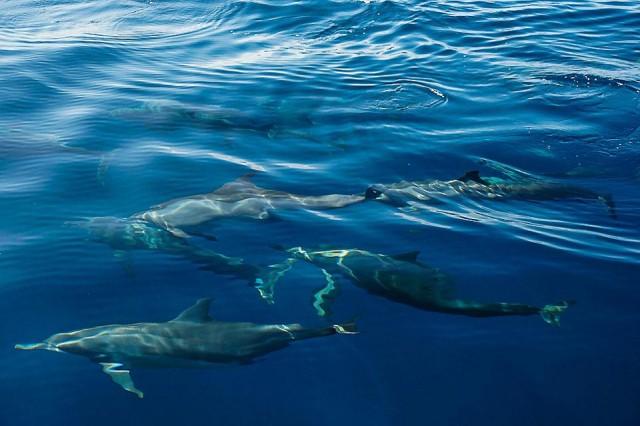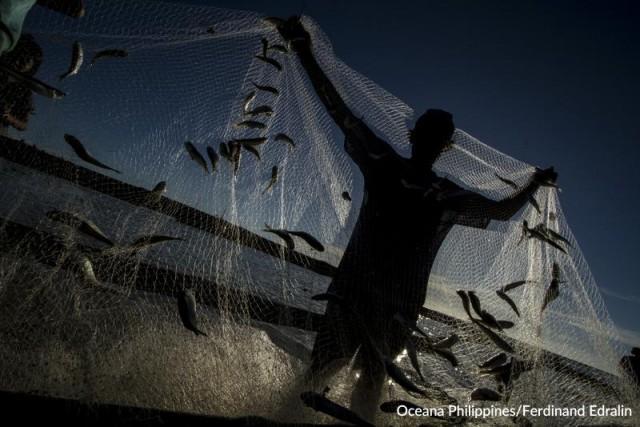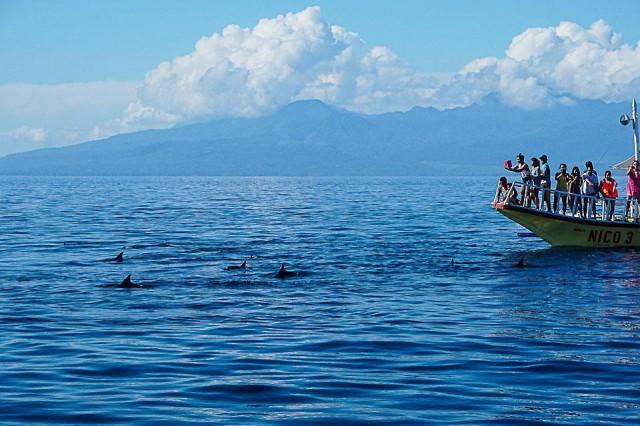Tañon Strait in peril from pollution, illegal fishing — marine biologist

A protected area is in peril due to pollution, illegal fishing, and inadequate implementation of environmental laws, a marine biologist notes.
Dr. Lemnuel Aragones said environmental protection is poorly implemented in the Tañon Strait Protected Seascape—the body of water that separates the islands of Negros and Cebu in the Visayas and a known superhighway for marine mammals such as dolphins and whales.
Based on information provided by Oceana Philippines, Tañon Strait is considered a critical habitat and important migratory path for 14 of the 27 species of whales and dolphins in the country.
It is also a rich fishing ground for coastal dwellers in 42 cities and municipalities in Cebu and Negros Islands.

Aragones told GMA News Online that he has been visiting Tañon Strait every year since 1998 and has noticed pollution and the poor management of whale-watching activities.
Some boat owners, he said, have complained that it was difficult to comply with marina regulations, so they have not registered their whale-watching boats.
In terms of illegal fishing, he noticed the presence of commercial fishers along the towns surrounding the Strait, including Tanjay, Bais, and Manjuyod in Negros Oriental and Malabuyoc in Cebu.
And in terms of solid waste, the Philippines has been found to be one of five countries producing half of the world's plastic waste, and the effect can be seen in the country's waters, even in a protected area like the strait.
"Ang daming plastics...di pwedeng linis lang tayo ng linis ng basura ng iba..there has to be 'true' solid waste management," said Aragones, also pointing to garbage dumped by boats and ships as adding to the problem.
"Sa palagay ko 'yung root ay ating di magandang ugali sa pagtapon ng basura..tayo naman ay sisi ng sisi lang sa source ng plastic, we don't see that majority of our kababayan di nkikita ang problema..ang laki ng basurahan nila," he added.
Illegal activities have taken their toll on the health of marine species in the area.
Aragones said one comment he received was that the bigger toothed whales such as pilot whales, false killer whales, and melon-headed whales are now gone from the strait.
The spinners are the only remaining species, with some bottlenose and spotted dolphins appearing every now and then.
There have been some moves to improve the situation. According to Oceana Philippines, new resolutions aimed at tightening enforcement and monitoring efforts have been approved by the Coastal Law Enforcement Alliance in Region 7 (CLEAR7) early this year.
The resolutions aim to restrict further illegal and destructive fishing activities within the Strait.
Last year, the Tañon Strait Protected Area Management Board (PAMB) ratified a resolution requiring all commercial-scale fishing vessels that transit, anchor, berth and dock in the strait possess a functional and approved Vessel Monitoring Mechanism (VMM) to ensure that they will not be tempted to fish within the protected area.

Aragones, who has just returned from a recent trip to the Visayas, also pushed forward some suggestions on dolphin-watching activities.
He said there should be a certification of operators, "to make sure we all are knowledgeable of dolphin-watching protocols."
The inconsistent implementation of said protocols can be partly blamed on changes in leadership of local government units, he added.
"There should be 'real' strategic planning [on] how to regulate dolphin watching operations, how to truly stop poaching, how to mitigate trash or garbage, more IECs [information education campaigns]," he said.

— BM, GMA News

Need a wellness break? Sign up for The Boost!
Stay up-to-date with the latest health and wellness reads.
Please enter a valid email address
Your email is safe with us





